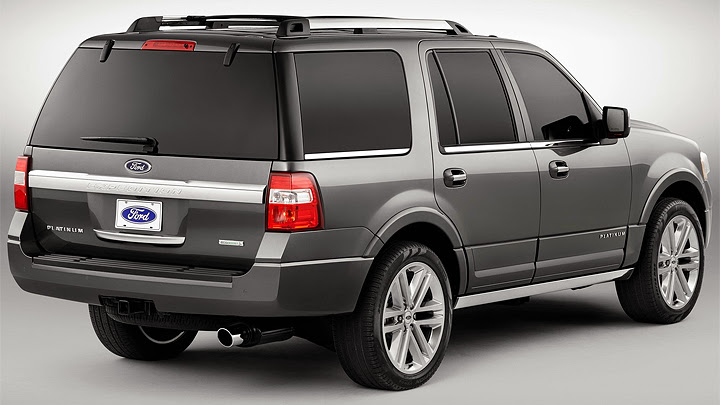
While new releases usually excite car fans, even the most intense of them could live without Land Rover announcing something about Evoque. Or Mercedes releasing each trim level of its newest cars in a separate moment. Or Fiat exposing a limited-series 500 at every single auto show in the past few years, to give some examples. But even though the cameras forget about some cars, most of them actually never stopped being popular: the ones like Expedition sell good enough to simply not need oversized publicity. Their public frequently lives in a similar low profile, and tend to favor values like construction quality and low maintenance costs rather than design or performance. So their car choices depend much more on the automaker than on the model.
This, along with some construction matters, is what explains why the latest news concerning Ford’s biggest SUV date back to 2007. And even so, what comes up this time isn’t that much. The company basically repeated the job done with Lincoln Navigator a few weeks ago, and showed the result at this year’s Dallas Fort Worth Auto Show. The updates applied to the seven-year-old car looks good because it respected what it is, rather than engaging on attempts of disguising it as a different thing that only result as expensive as vain. The front bumper was restyled, in order to receive tweaked headlights and a new grille, which looks surprisingly discreet for a North American car of that size: its three-bar design went so easy on chrome treatments that doesn’t remind of other Ford trucks at all.






Besides that, the exterior also features LED fog lights, new wheels and a redesigned tailgate, whose chrome bar doesn’t exactly redeems Ford for Navigator’s piece. Entering the car, in turn, reveals new instrument cluster and steering wheel, and a redesigned central console that receives a big touchscreen to operate MyFord Touch and Sync systems. The equipment list also includes ambient lighting, blind-spot monitor, rearview camera, keyless entry with remote starting and a 700-watt Sony audio system, between standards and optionals. The trim list will have XLT, Limited and King Ranch levels once again, but now they welcome Platinum, which defends the top of the list with extras like 22” wheels and premium-quality leather interior.
Ford must trust very much that Expedition and Navigator are different enough to let minor things like that create an internal sales fight. This must be why this article’s vehicle shares the powertrain with its upscale brother once again: the 5.4L V8 was dropped in favor of a 3.5L EcoBoost V6. The reasons of such change are pretty much the same of when Lincoln’s SUV received it. Using technologies as direct injection and two turbochargers turns the new engine more powerful and yet more efficient, whether compared with its predecessor or even with GM’s base 5.3L V8. Ford also expects the new Expedition to tow up to 9,200 pounds. This car will hit the streets in a few months, and compensate the fuel-saving engine with slightly higher prices.